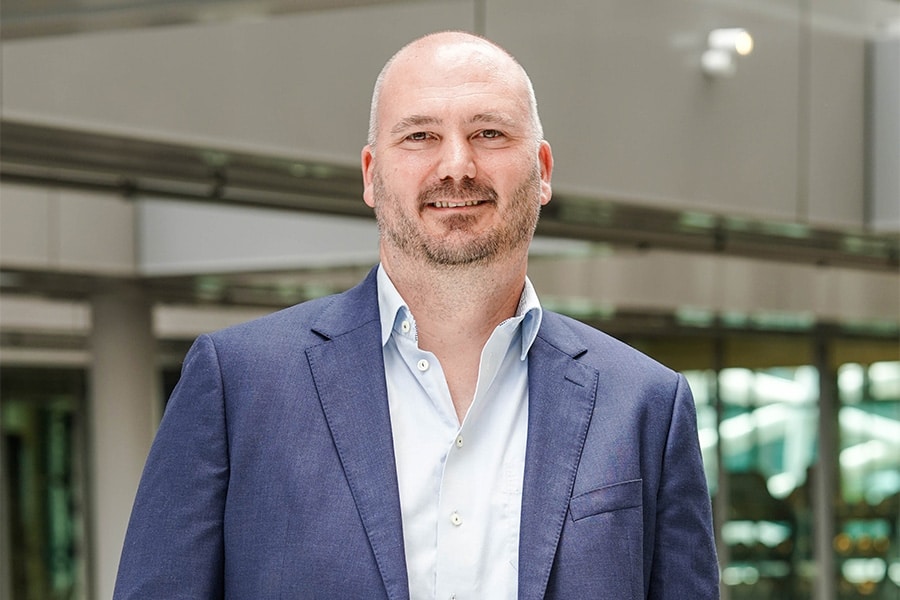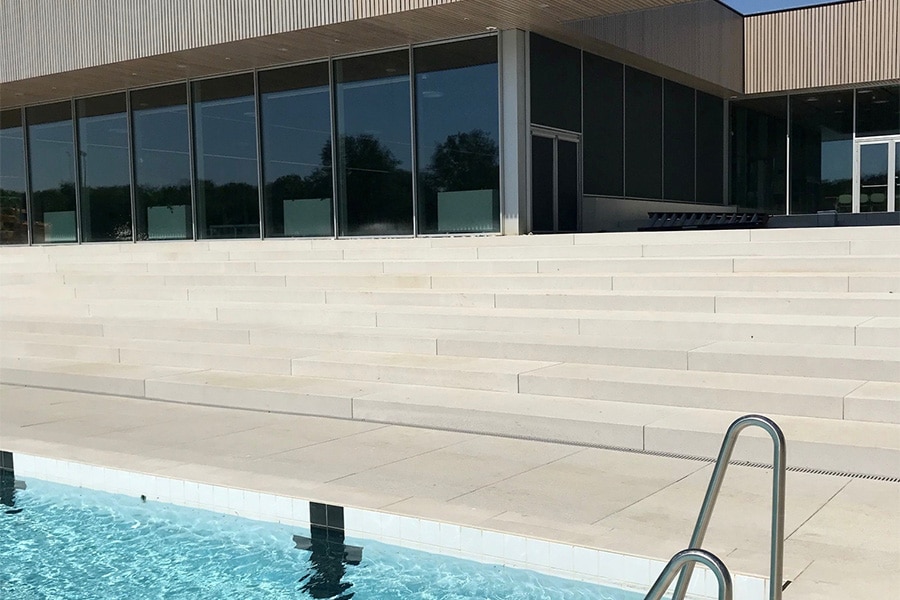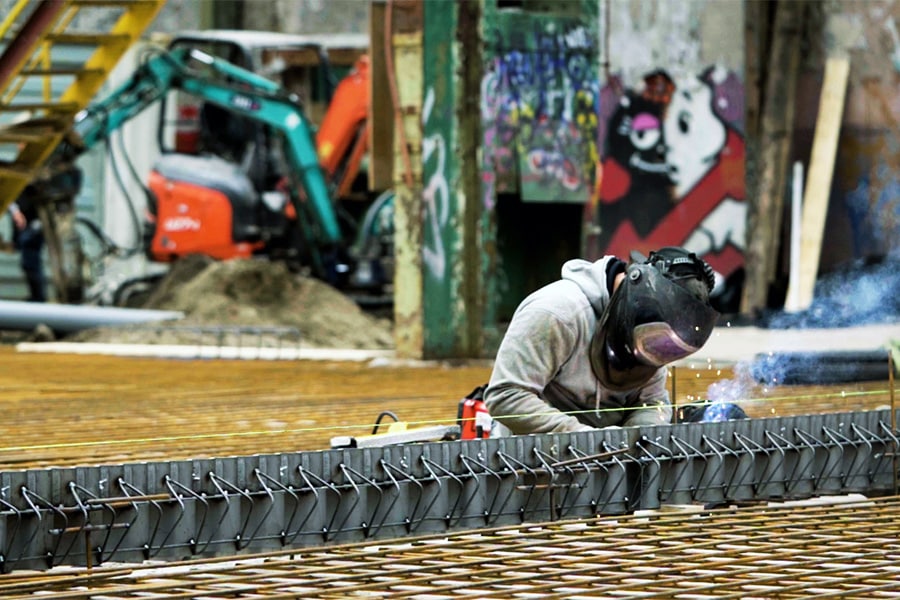
'The opportunities lie where government, knowledge institutions, citizens and the market come to solutions together'
Globally, cities are growing and have enormous appeal, combining business, science and a wealth of creativity. Amsterdam chooses to enable growth within the city and urban cores of the Amsterdam Metropolitan Region. Space is scarce; this requires making careful considerations, but also offers opportunities. In the Omgevingsvisie Amsterdam 2050, we see urbanization unfolding along five major movements: multigenerational development, growing within limits, sustainable and healthy movement, rigorous greening and making the city together. What is so magical about this? That by giving direction, you literally set the city in motion.
It is fantastic to see how Southeast, New West and North are developing into complete centers with many new homes, strong work environments, city parks and new cultural facilities. In parallel, a more relaxed city center is being worked on, with more space for greenery, walking, cycling and much less space for the car. On a regional scale, you see a similar movement around Hoofddorp/Haarlemmermeer, Almere and Zaanstad. It is also remarkable to see that the Environmental Vision is at the same time an invitation to invest, to design the city together with residents, entrepreneurs, cultural institutions, and certainly also with professional parties in development and construction.
Thanks in part to the pandemic, there is a broad and deep-seated awareness that together we must ensure the sustainable quality of our living environment. Our partners are embracing the circular idea, and we are willing to learn from each other. Think of the covenant Nature Inclusive Building, the national City deal Circular and the ambition Wood Building. If you were to overlay the city in map layers, from the complete absence of bees (as a measure of biodiverstity), heat stress, local flooding, energy guzzlers to opportunity inequality, you might just end up with a large-scale transformation area with enormous potential for creating a good and healthy city. This requires a different way of working together. Not project by project, but on the basis of a long-term commitment, both in the large-scale area developments such as Port City and in the development areas of city districts.
The challenges we face require solutions at a different scale: at least at area level, urban, regional and sometimes even national, if you look, for example, at energy transition and the necessary leap in scale in public transport. We therefore have a special momentum together, where the major tasks, the need for sustainable economic recovery, come together with enormous urgency in the run-up to a new cabinet formation. There is a great understanding that ongoing urbanization will only lead to complete livable cities if there is simultaneous investment in mobility, energy transition, greening and social amenities. It is fantastic that the central government also looks at this in this way from the perspective of the National Environmental Vision and with a range of guiding and condition-creating instruments, such as the Growth Fund, the Housing Impulse, the Public Housing Fund and the willingness to contribute to the hand-in-hand development of large transformation areas and the strengthening of urban renewal in existing neighborhoods. And so we have arrived at Kate Raworth's thinking with the Donut Model, which Amsterdam is the first in the world, step by step, to put into practice; a thriving, self-renewing city for all its inhabitants with respect for planetary boundaries. I invite you to explore in your organization how you can contribute to this movement, if you are not already doing so. The City of Amsterdam is happy to discuss it. The opportunities lie where government, knowledge institutions, citizens and the market come together to find solutions.



